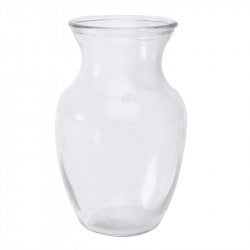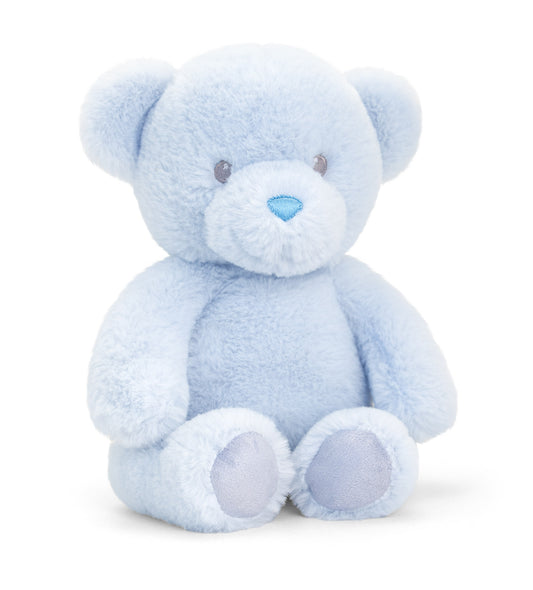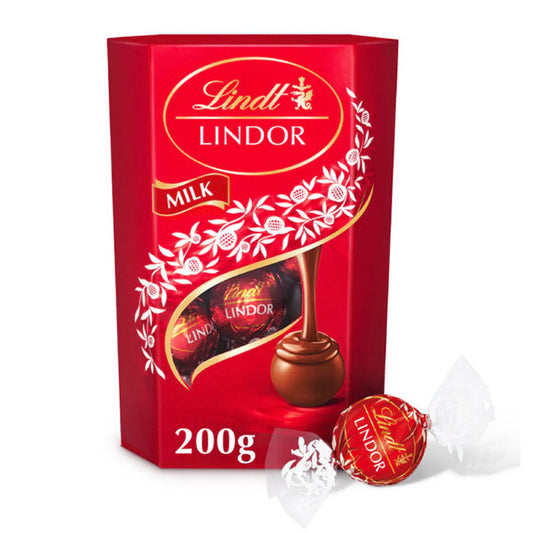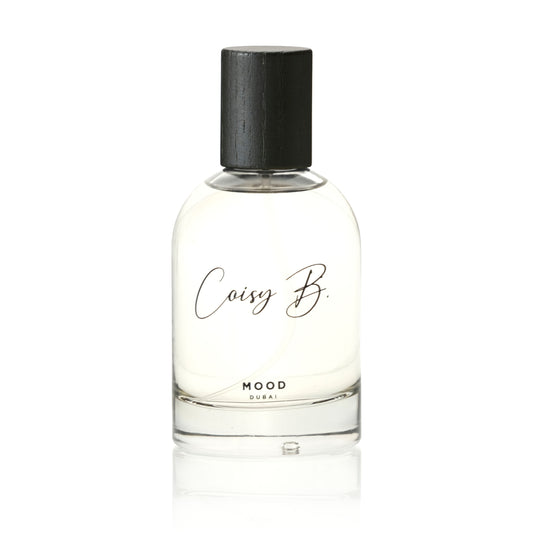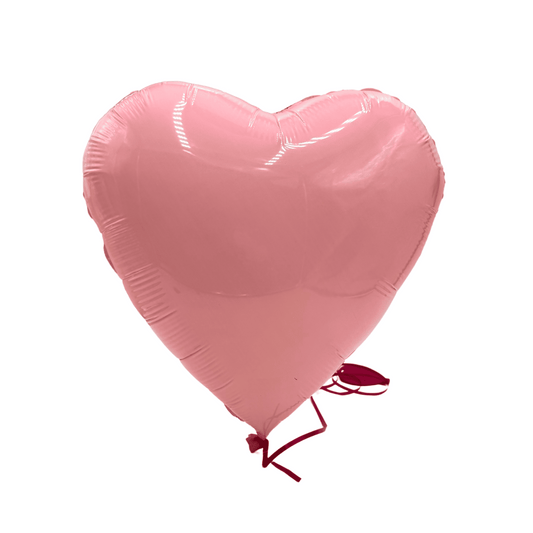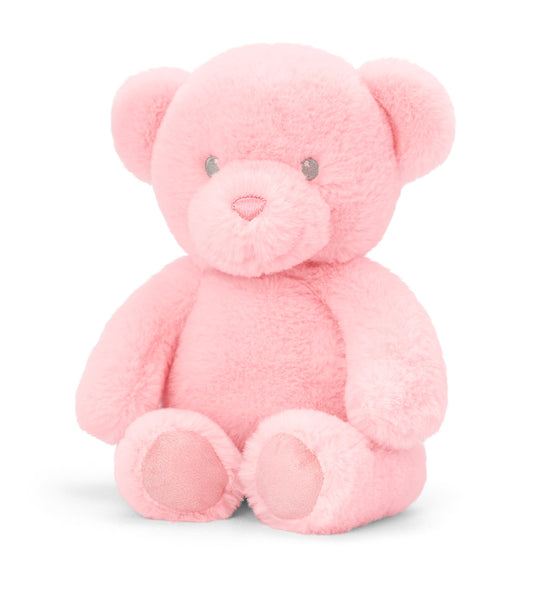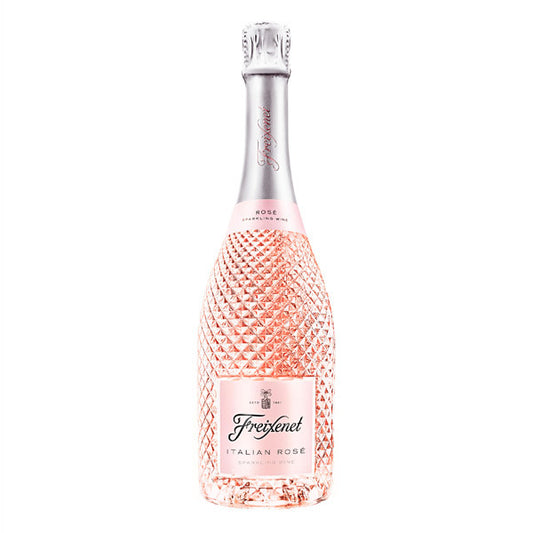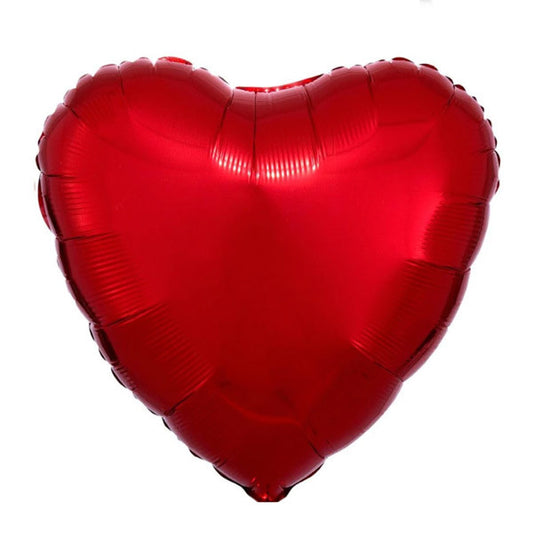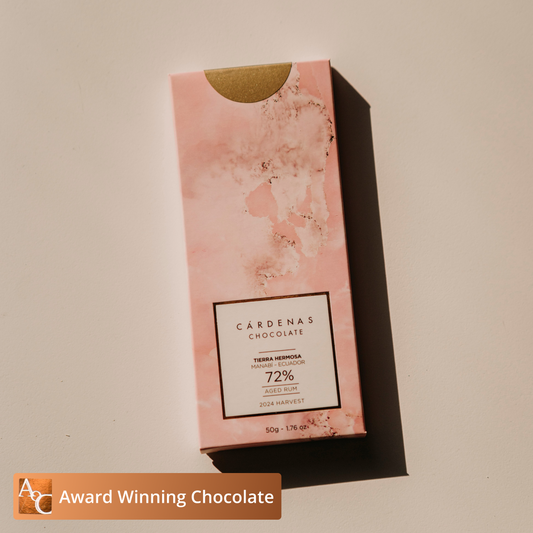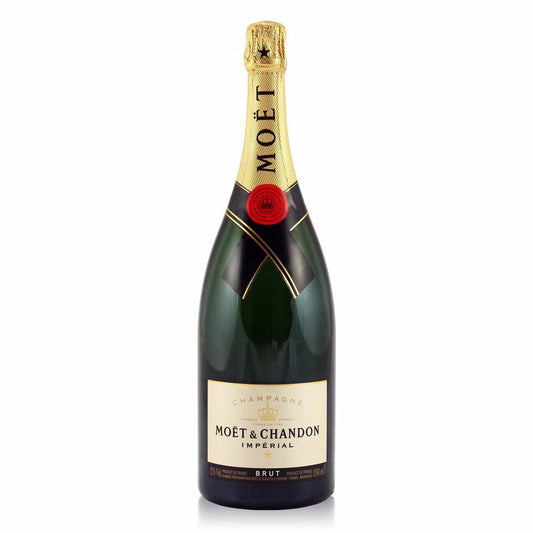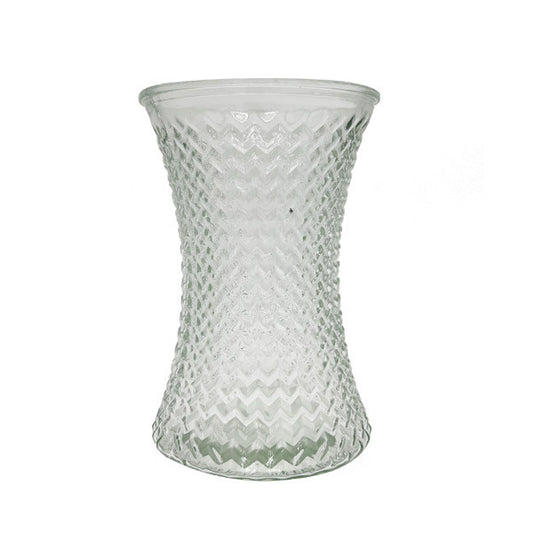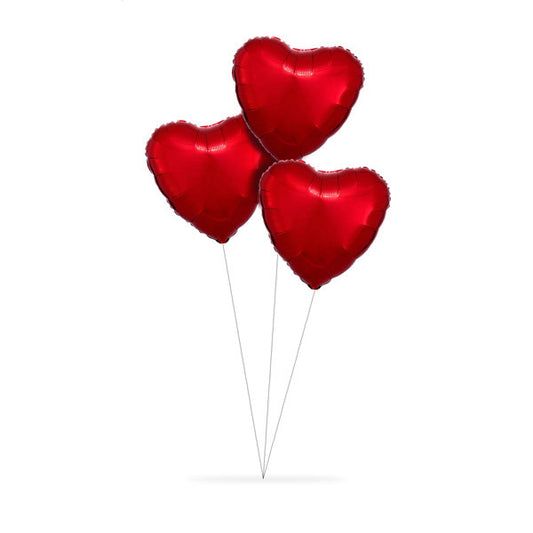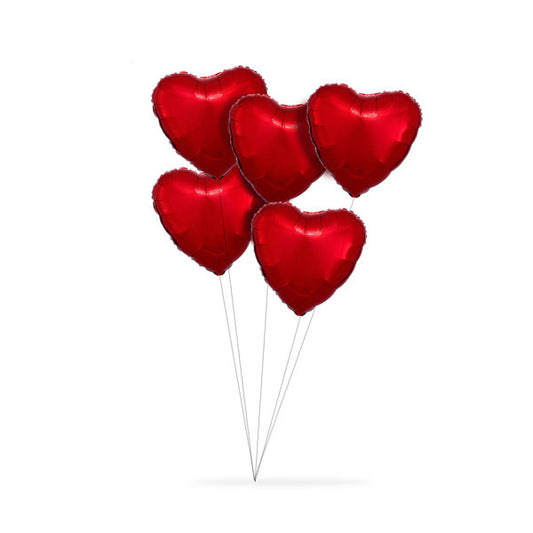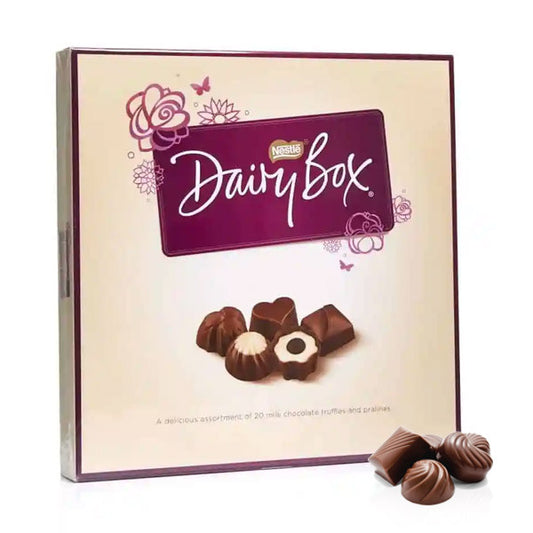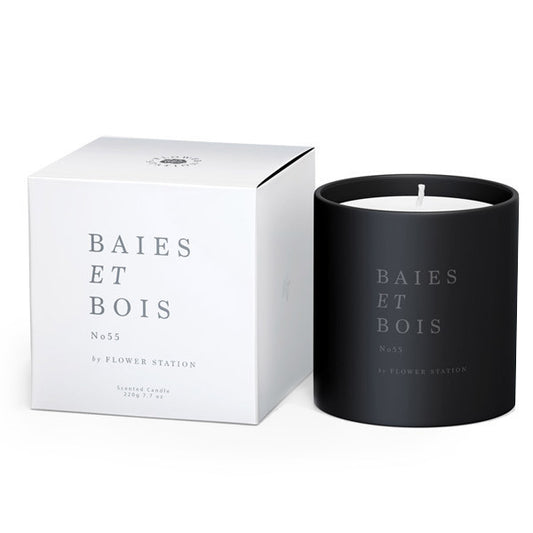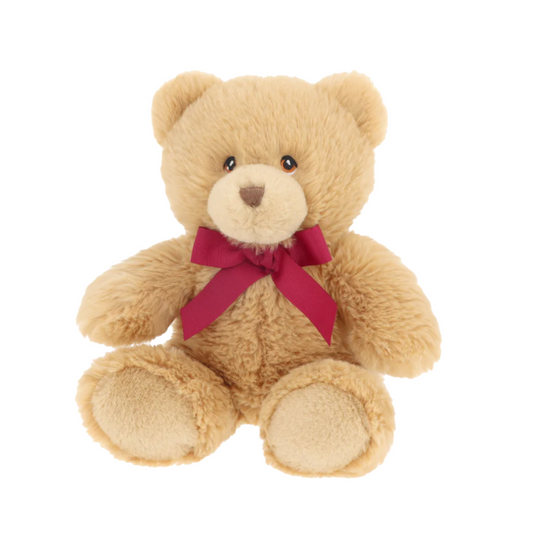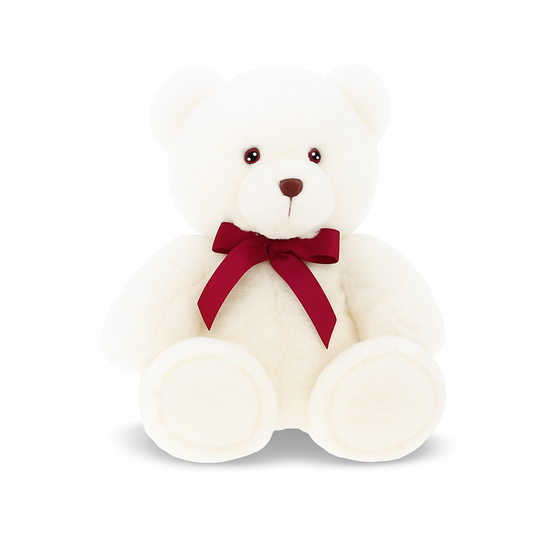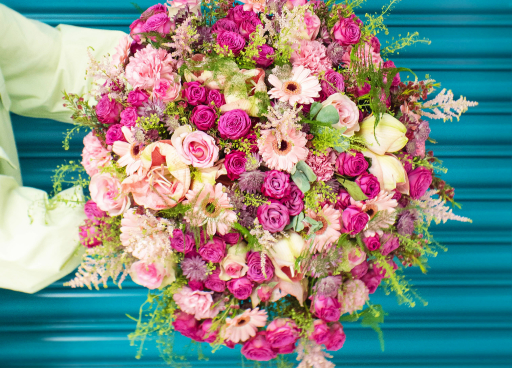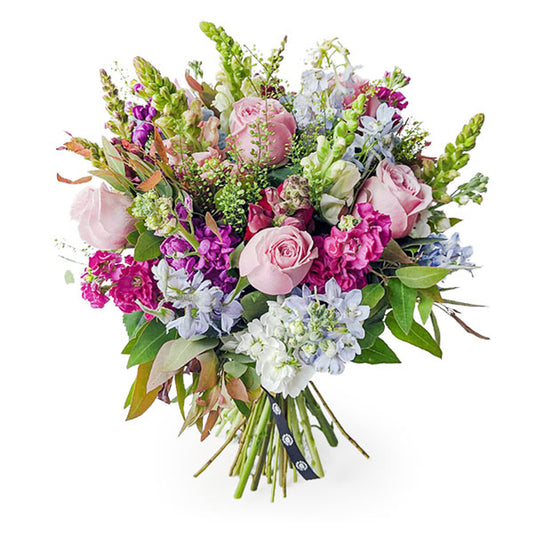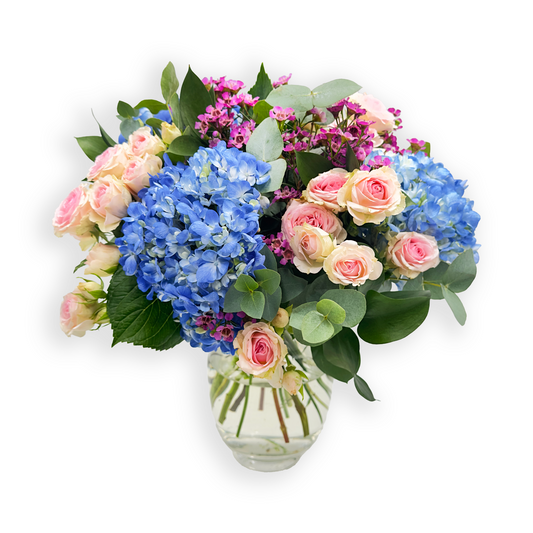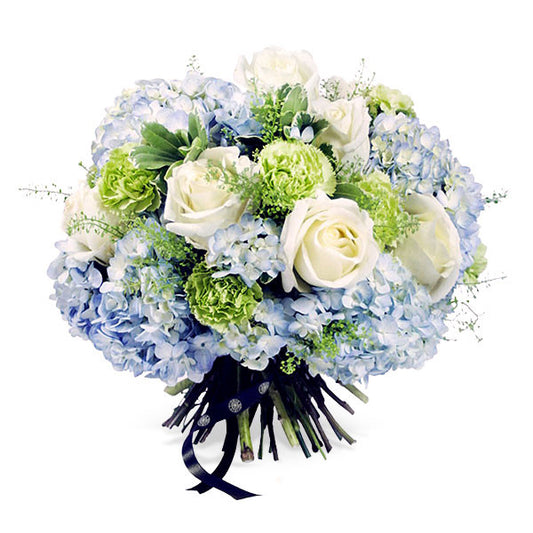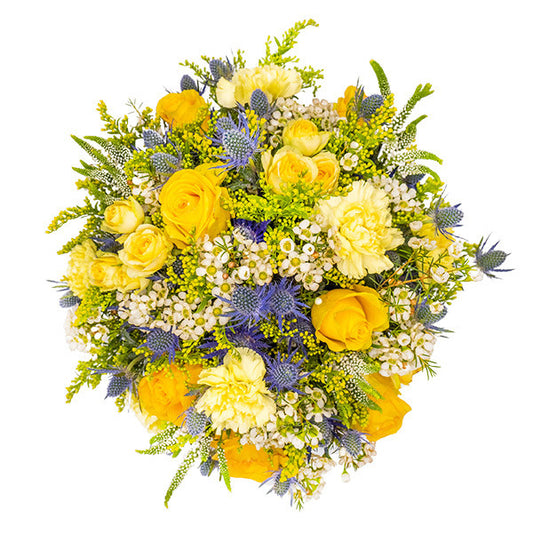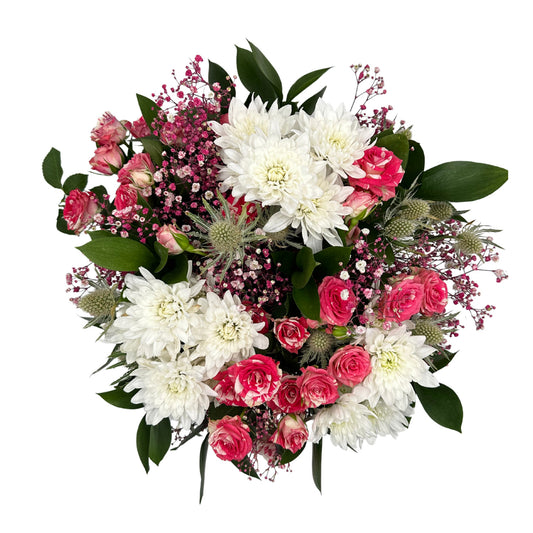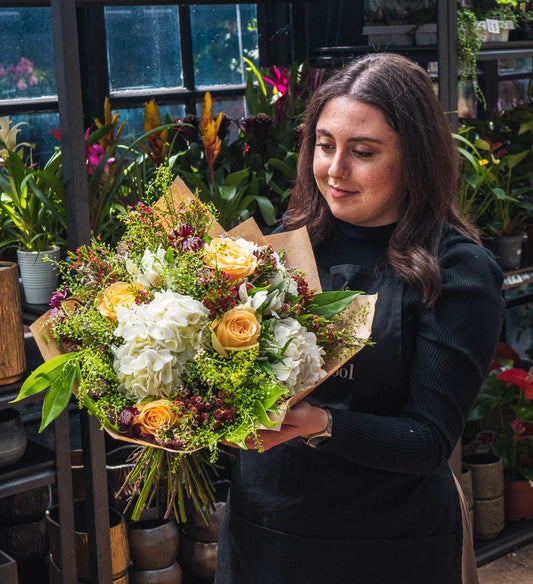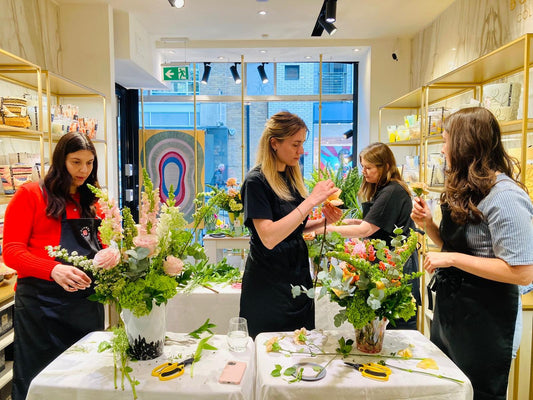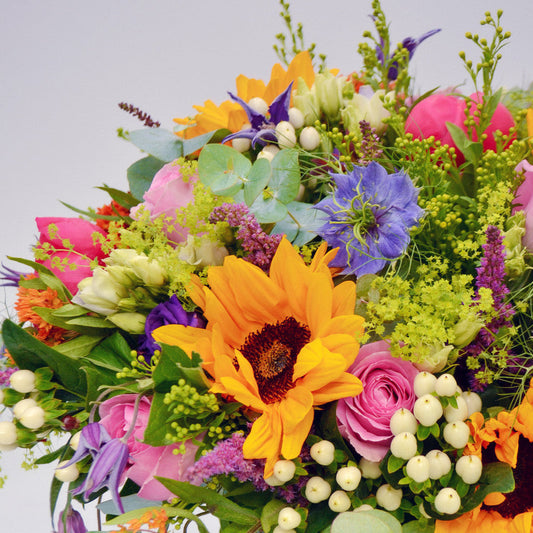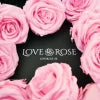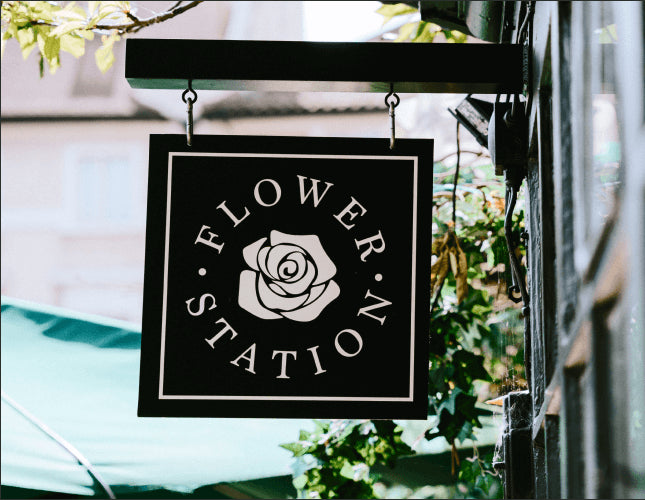
Flower of the Month – The Chrysanthemum
Author: Flower StationChrysanthemums have a long and imperial pedigree and tell a history that spans four millennia. As a plant and flower, they are often underestimated by gardeners and florists alike. While the supermarket kind of chrysanthemum might become boring over time, florists have access to many more exciting varieties. It is time to look at the modern varieties of chrysanthemums for their splendour and versatility.
Best Selling Flowers
Send Video Message
This unique service allows you to add a heartfelt, creative video message to your order and make the recipient’s day even more special.
See how it works.

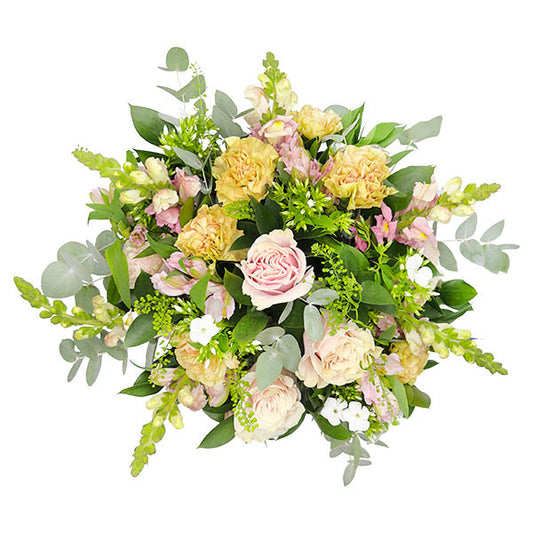
A Parisian Romance
Send Video Message
This unique service allows you to add a heartfelt, creative video message to your order and make the recipient’s day even more special.
See how it works.
Send Video Message
This unique service allows you to add a heartfelt, creative video message to your order and make the recipient’s day even more special.
See how it works.
Send Video Message
This unique service allows you to add a heartfelt, creative video message to your order and make the recipient’s day even more special.
See how it works.
Send Video Message
This unique service allows you to add a heartfelt, creative video message to your order and make the recipient’s day even more special.
See how it works.

Sunflowers & Roses
Send Video Message
This unique service allows you to add a heartfelt, creative video message to your order and make the recipient’s day even more special.
See how it works.
Send Video Message
This unique service allows you to add a heartfelt, creative video message to your order and make the recipient’s day even more special.
See how it works.
Send Video Message
This unique service allows you to add a heartfelt, creative video message to your order and make the recipient’s day even more special.
See how it works.
It is hard to surpass chrysanthemums in versatility in either floral or garden design. With more than 400 different shapes and colour variations, the chrysanthemum shows off as a diversified individual of artistry much more than just an autumnal flower. There are varieties for every season of the year that shine in all their glory in many intense and colourful hues. With their varying shapes and equipped with durability, chrysanthemums are perfect for floral experiments of all kinds.
Offering a rich choice of shapes and colours, chrysanthemums enrich arrangements and bouquets. They make them unusual and lush while guaranteeing long and sustained enjoyment wherever they are placed.
Chrysanthemums for florists’ use come in three distinguishable types: The decorative chrysanthemums characterised by large flowers, small-spray chrysanthemums, and the many headed Santini. The stunning palette of white, yellow, purple, red, orange, pink and many two-coloured types allow florists to work like a painter; the many different flower shapes of curled, straight, and ball-formed blooms allows for sculpting, too.
Versatile chrysanthemum arrangements enhance any kind of surroundings, the stylishly purist lounge, the glamorously ostentatious entry, or the elegantly vintage living room. Serving as a focal point in rooms of all sizes, the manifold uses for chrysanthemum should change their image from the mildly ironical garden mum to trendsetter in modern floristry.
Raising chrysanthemums was started by the Chinese 3,500 years ago. They raised the plants as flowering herbs used in medicine. With Confucius the flower became one of the Four Noble Ones ued to represent autumn in Chinese art. The Japanese admiration for the chrysanthemum started in the 8th century AD when the emperor adopted it as a national symbol. The imperial throne was then adorned all over with representations of the flowers. Since then, it is called the Chrysanthemum Throne and may be used as a synonym for the Emperor himself. In Japan, the chrysanthemum is the symbol for long life and happiness; as such, the flower has the honour of shining from the imperial crest. The Supreme Order of the Chrysanthemum is the highest order of merit in Japan.
The flower was known to Pliny the Elder who coined the name for it from Greek ‘chrysos’ (golden) and ‘anthos’ (flower). But the decorative chrysanthemum only started to enter Europe in the 17th century and that in small quantities. When Carl Linnaeus invented and institutionalised the binominal nomenclature in botany and zoology, he used the already existing name from Pliny’s work (as he did in many other instances of plants and animals alike). In 1862, Robert Fortune sent a large collection of plants from Japan to London. This collection constituted the base stock for European chrysanthemum cultivation.

